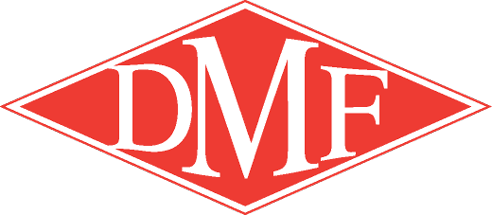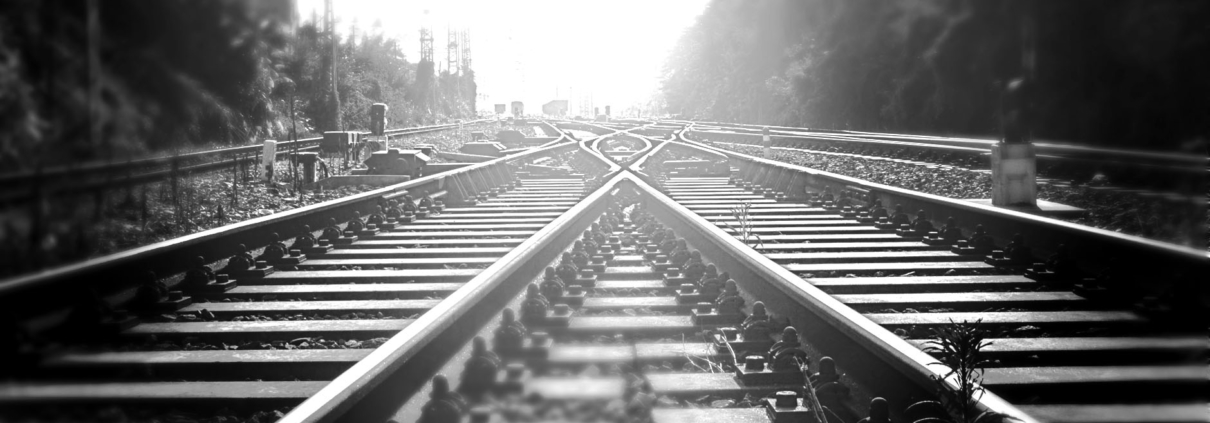The state of the rail industry
As gas prices fluctuate, technology advances and consumer buying habits change, one thing will never change: the United States’ reliance on rail freight shipping.
With how important this industry is to the American economy, it’s crucial to stay on top of evolving news and market conditions so you’re prepared for whatever the future may bring.
Here are three important trends we think it’s worthwhile to watch.
Overseas manufacturing’s return to the United States
Beginning in the 1980s, the United States began outsourcing its manufacturing capabilities. It was cheaper to make products elsewhere and ship them from overseas than it was to manufacture those same items at home.
That is no longer the case. Labor markets have equalized, and the U.S. has once again become competitive. As manufacturers gear up to build and source more products locally, this will push both commercial and industrial consumers toward American-made products.
While this shift back to the U.S. was already in progress when the COVID-19 pandemic began, it pushed the change to happen faster. Materials and products sat in ports and on cargo ships for weeks at a time, causing massive delay and stalling production across nearly every industry.
This pushed many consumers in the rail industry – Class I railroads, upfitters and transits – toward suppliers and manufacturers that could support them without a 6-month lead time. For example, while transits have always had to abide by a buy-American clause, the percentage of American-made products has steadily increased from 40% to upwards of 60% in recent years.
Overall, this higher demand for U.S. suppliers may drive prices up. Fortunately, DMF has worked with the same suppliers for over 40 years and has always manufactured our rail gear in Atlanta, so we’re prepared for any changes the future may hold.
What this means for you: Seek out domestic vendors and suppliers when possible. While it may increase your costs, it will also help insulate you from further shocks to the supply chain and evolving federal regulations.
A tight labor market with growing opportunities
When manufacturing moved overseas, fewer people entered skilled trades. We’re feeling the effects of this now as manufacturing makes its return to the U.S. With a shrinking pool of people who know how to weld, do electrical work, operate heavy equipment or any number of other jobs, the labor market is both tight on skill and short on institutional knowledge.
The good news is that this may be changing soon. Not only are many organizations and programs recruiting young adults to trade schools, but technology is also creating new opportunities within the rail industry. We expect to see more jobs focused on data extrapolation and data mining in the near future as companies take advantage of A.I. and other up-and-coming technologies.
What this means for you: Bringing the younger generation into railroading is crucial for the long-term success of the industry. To do that, consider sponsoring programs at local high schools, participating in career fairs, hiring military veterans or starting an intern or apprentice program. With some effort now, we can prevent the labor shortage from getting worse.
Chassis shortages caused by consumer demand for electric vehicles
Another trend we’re keeping an eye on is the push toward electric vehicles (EVs). Sparked by government regulations and increased consumer interest, auto-manufacturers like GM and Ford are now building more consumer EVs and less gas- and diesel-fueled vehicles.
This, along with delays caused by a massive shortage of software chips, has made it more difficult – and more expensive – for railroaders to get chassis of all sizes.
To compound the issue, high demand has also enabled auto-manufacturers to limit the number of models available. Often, this means the basic trucks that are better suited for railroading needs simply aren’t available. Because of this, many customers have started to look at chassis from alternative suppliers that have an available inventory of light, medium and heavy trucks.
Even as more EVs fill our highways and neighborhoods, it will be a while before they break into the commercial market; charging logistics and higher costs limit the practicality for most applications. But as the technology advances, electric locomotives and battery-operated tools are already proving their value in the fight to be more environmentally friendly.
What this means for you: The push toward EVs is really a push toward cutting emissions. Thinking outside the box about how you can eliminate hydraulics and take advantage of electric tools, electric-diesel hybrid/alternative fuel engines and other eco-friendly products will put you in a better position to be more competitive in the future.
The rail industry is evolving. Are you ready?
No matter what the future brings, the rail industry isn’t going anywhere, and neither are we. DMF has been your trusted rail gear supplier through recessions, pandemics, labor strikes, massive technological changes and more.
To learn how we can help you keep your trains running, get in touch.



Leave a Reply
Want to join the discussion?Feel free to contribute!